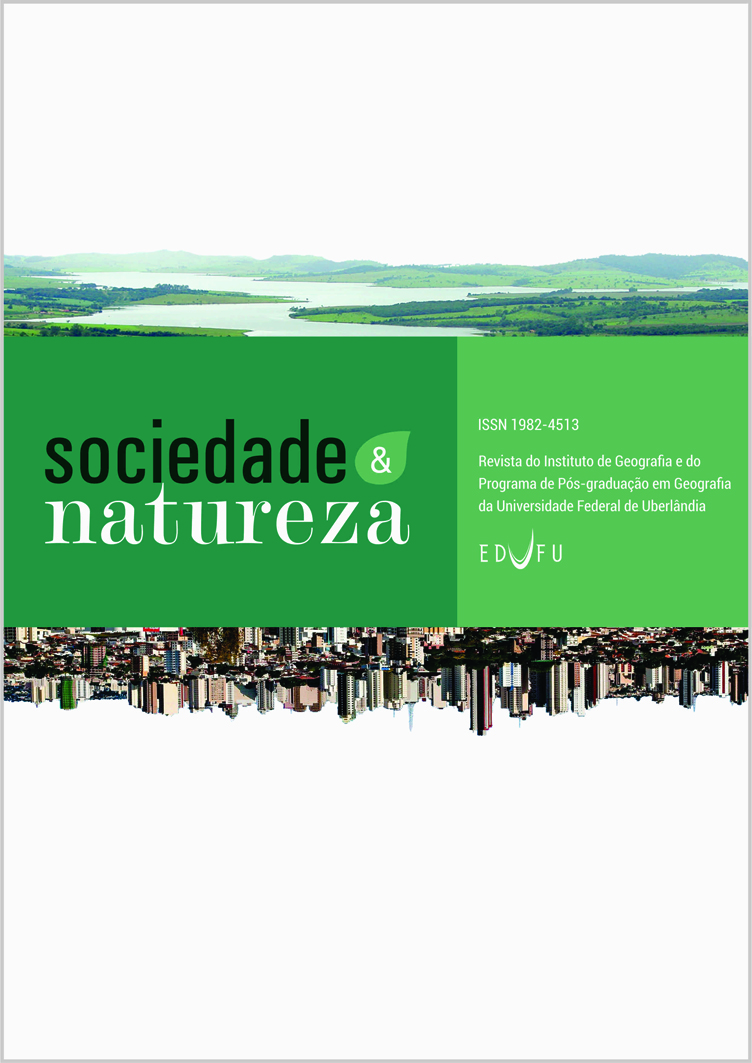Abstract
The knowledge about the urban population exposed to disaster risk is essential for planning prevention and response actions. The aim of this study was to analyze the exposure conditions of the population groups at disaster risk areas in 479 Brazilian municipalities. The methodological procedure was based on the association of census data and landslides, flash floods, and floods risk areas. The database was made up of socio-demographic and environmental data, which allowed the characterization of the residents and the houses at-risk areas. The results showed that the largest number of people exposed was in the Southeast region of the country, although, in proportional terms, in the Northeast region 15 out of every 100 people lived in risk areas. These data could allow the selection of areas for priority actions, in order to help the implementation of regional public policies that promote the reduction of human losses in Brazil.
Authors hold the Copyright for articles published in this journal, and the journal holds the right for first publication. Because they appear in a public access journal, articles are licensed under Creative Commons Attribution (BY), which permits unrestricted use, distribution, and reproduction in any medium, provided the original work is properly cited.

